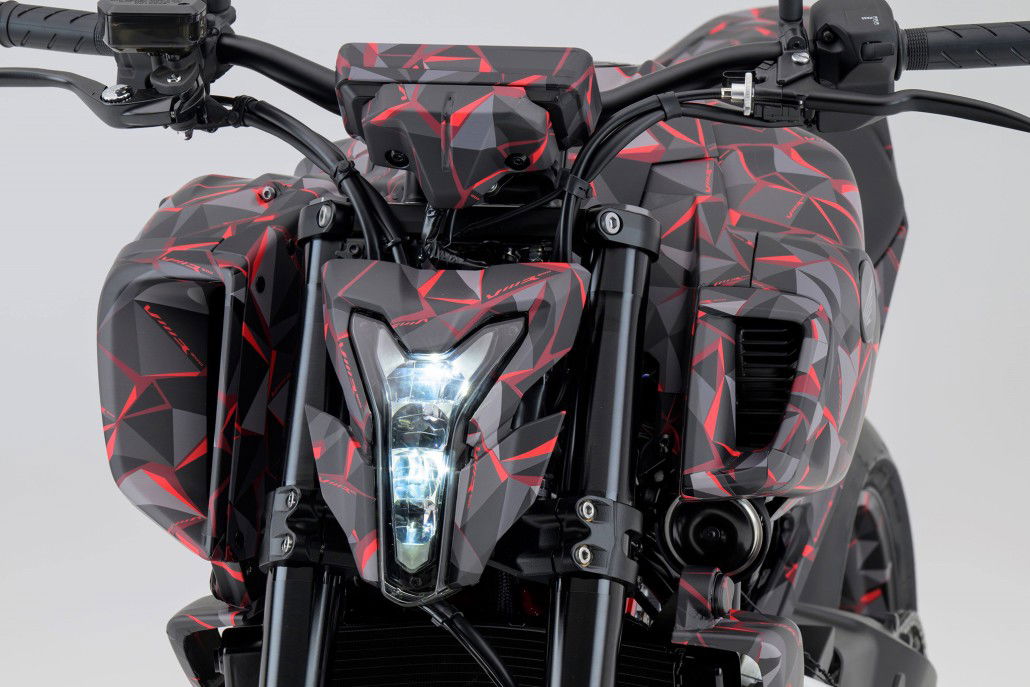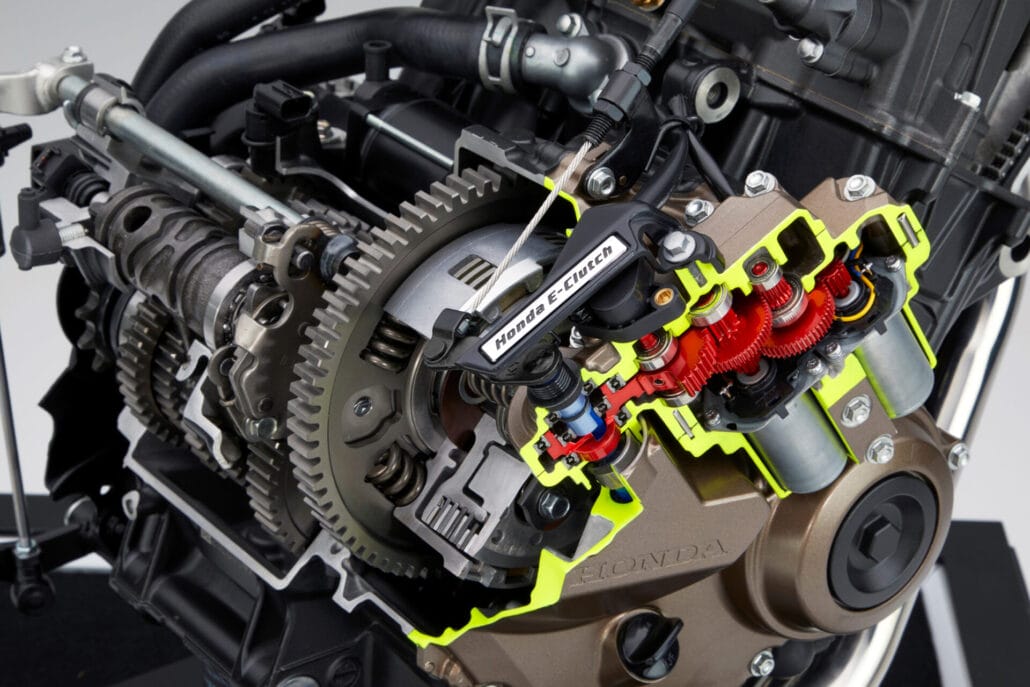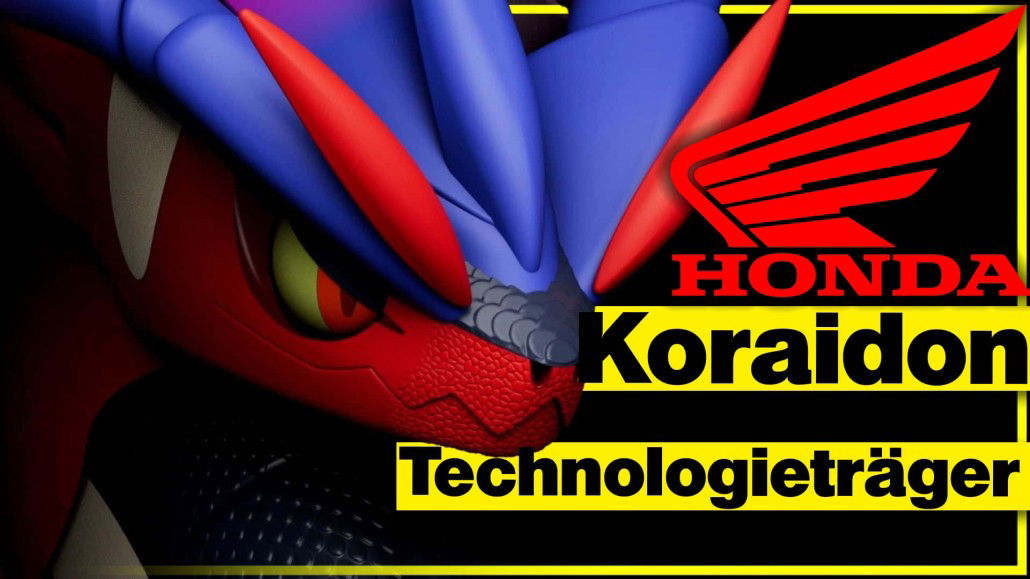[ss_click_to_tweet tweet=”Delivery of the Honda CBR1000RR-R temporarily stopped” content=”Delivery of the Honda CBR1000RR-R temporarily stopped” style=”default”]
Defects could occur on the connecting rods in the new Fireblade, so Honda calls back around 300 copies of the super sports bike.
Honda wants to check the connecting rods again. Only models that were intended for the European market are affected.
According to Honda, none of the affected models has yet been delivered to a customer, because the fault was discovered earlier. However, there may be delays in delivery.
[amazon box=” B004LLCFGQ”]









